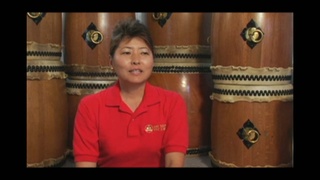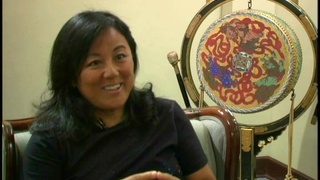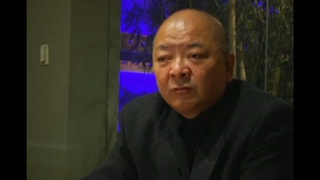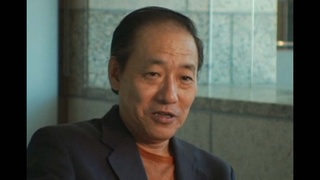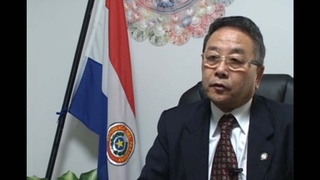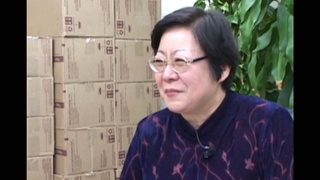Interviews
Reflections on childhood
I grew up going to schools were it was really diverse, so I think I felt…I really didn’t feel like an outsider in elementary school or middle school because everyone was so different. It’s like nothing special, everyone has differences.
I’ve always been able to hang out with both Shin folks. So my mom worked at an office where there was a lot of Shin folks coming in.
It wasn’t until college that I really understood the differences between each identity, I was just like...well these are different friends I hang out with. But in college I learned more about...that’s the first time I actually learned about the incarceration camps, it was the first time I learned about Spam musubi and chili rice. So it was like a whole new education for me to learn about these different identities and these different folks that walked through life.
I think going to Okinawa when I was so young and meeting other Nikkei Okinawan folks from all different parts of the country and the world, that was something that I always felt like…well if there’s common ground then we’re still community, then we’re still family.
Date: August 30, 2018
Location: California, US
Interviewer: Sharon Yamato
Contributed by: Watase Media Arts Center, Japanese American National Museum

